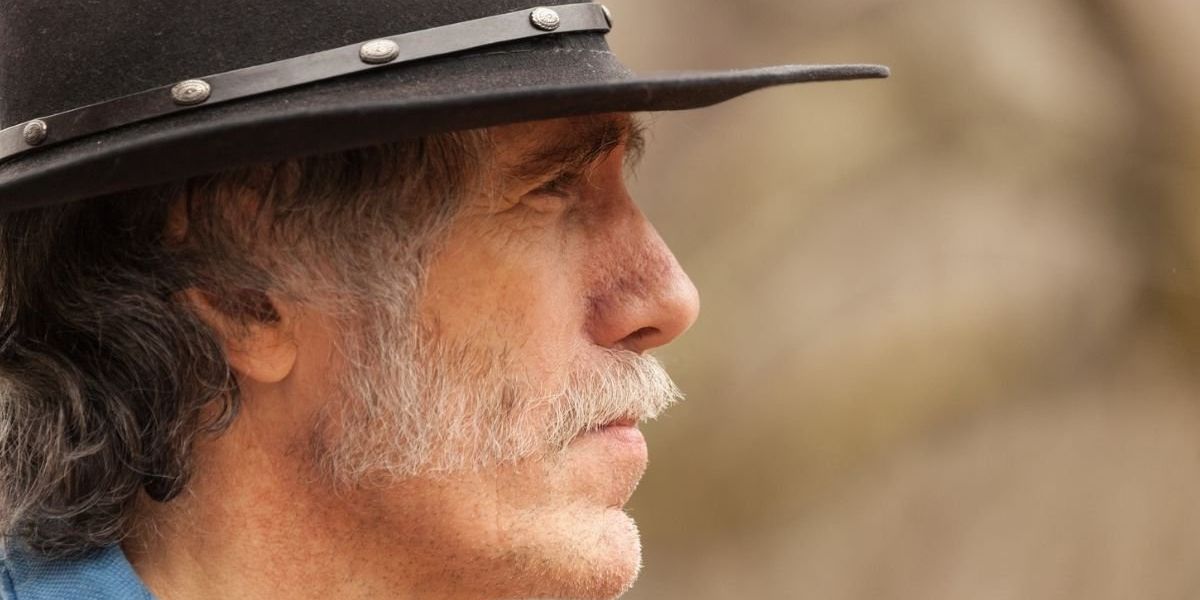The mutton chop beard, once relegated to history books and retro photographs, has made a triumphant return to the forefront of men’s fashion. Celebrities and everyday trendsetters alike have embraced this bold and versatile beard style, proving that it’s more than just a fleeting trend and no longer just a relic of the past
What Exactly Are Mutton Chops?
If you thought mutton chops beard were just another term for sideburns, think again. They’re bigger, bolder, and more dramatic. Mutton chops extend from the sideburns across the cheeks and sometimes onto the upper jawline, while keeping the chin and neck clean-shaven. The style can be worn with or without a mustache; when connected, it’s known as an Imperial beard.
A Brief History of Mutton Chops

The origins of mutton chops date back centuries, favored by European military and political figures during the 18th and 19th centuries. Even US Presidents like John Quincy Adams and Martin Van Buren sported elaborate chops during their terms. However, the style faded with World War I due to military regulations requiring clean-shaven faces for gas masks.
The Modern Comeback
After decades of being out of vogue, mutton chops experienced a resurgence in the late 20th century. Icons like Elvis Presley and John Lennon helped bring the style back into popular culture. Yet, it was Hugh Jackman’s portrayal of Wolverine in the X-Men films that truly propelled mutton chops back into the limelight, capturing imaginations with its appeal and distinctive silhouette.
How to Rock Mutton Chops Today
Growing and maintaining mutton chops requires patience and grooming. Start by growing out your beard and mustache for several weeks, using beard wash and oil to keep it healthy. Use electric trimmers to shape the chops along your jawline, trimming away excess hair to achieve the desired thickness and definition. Whether you opt for a simple, look or a more extravagant style, mutton chops offer a unique way to express your personal style. This part covers the resurgence of mutton chop beards, their history, and basic grooming tips, setting the stage for exploring different variations and styles in the second part of the blog.


